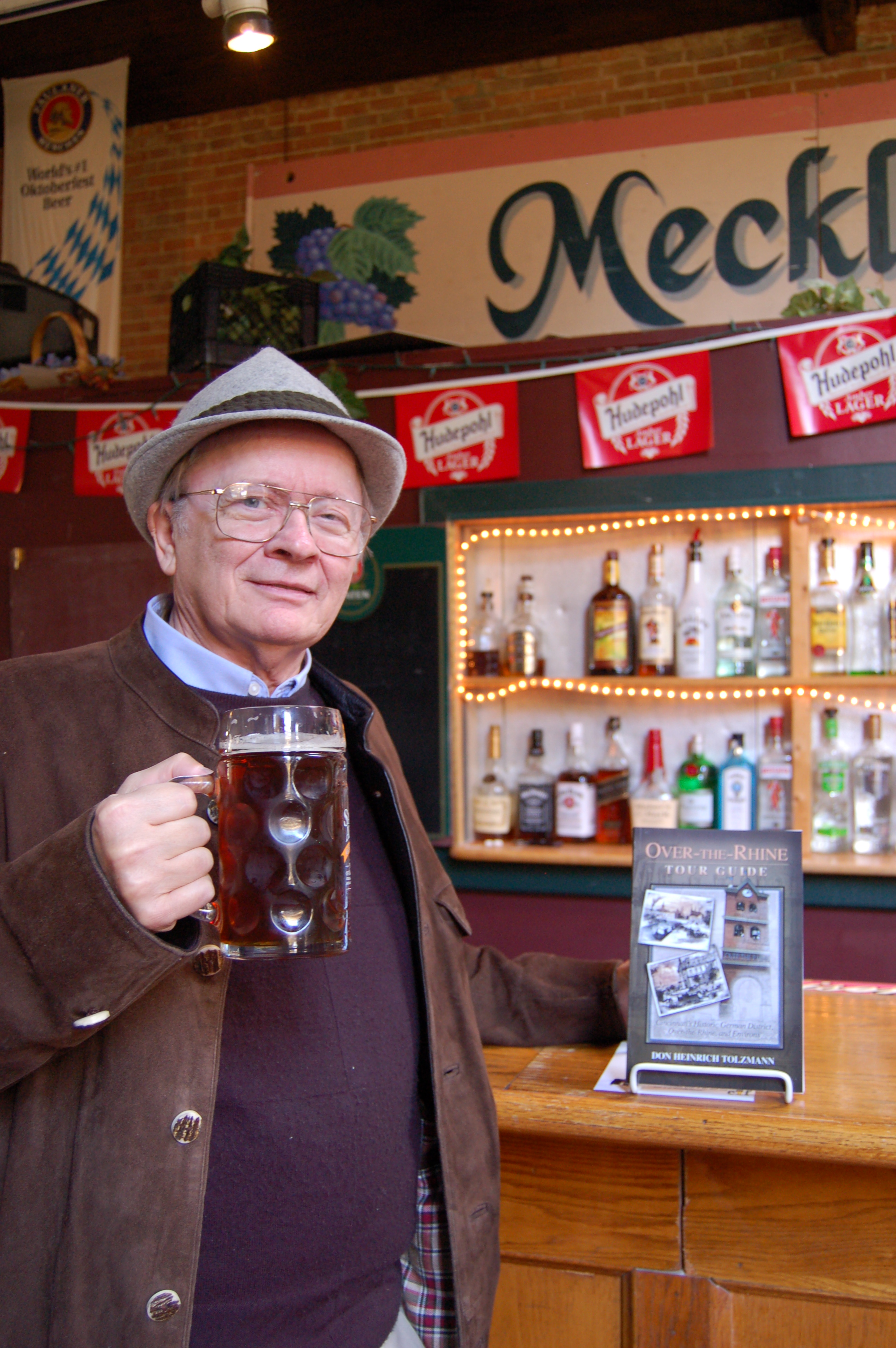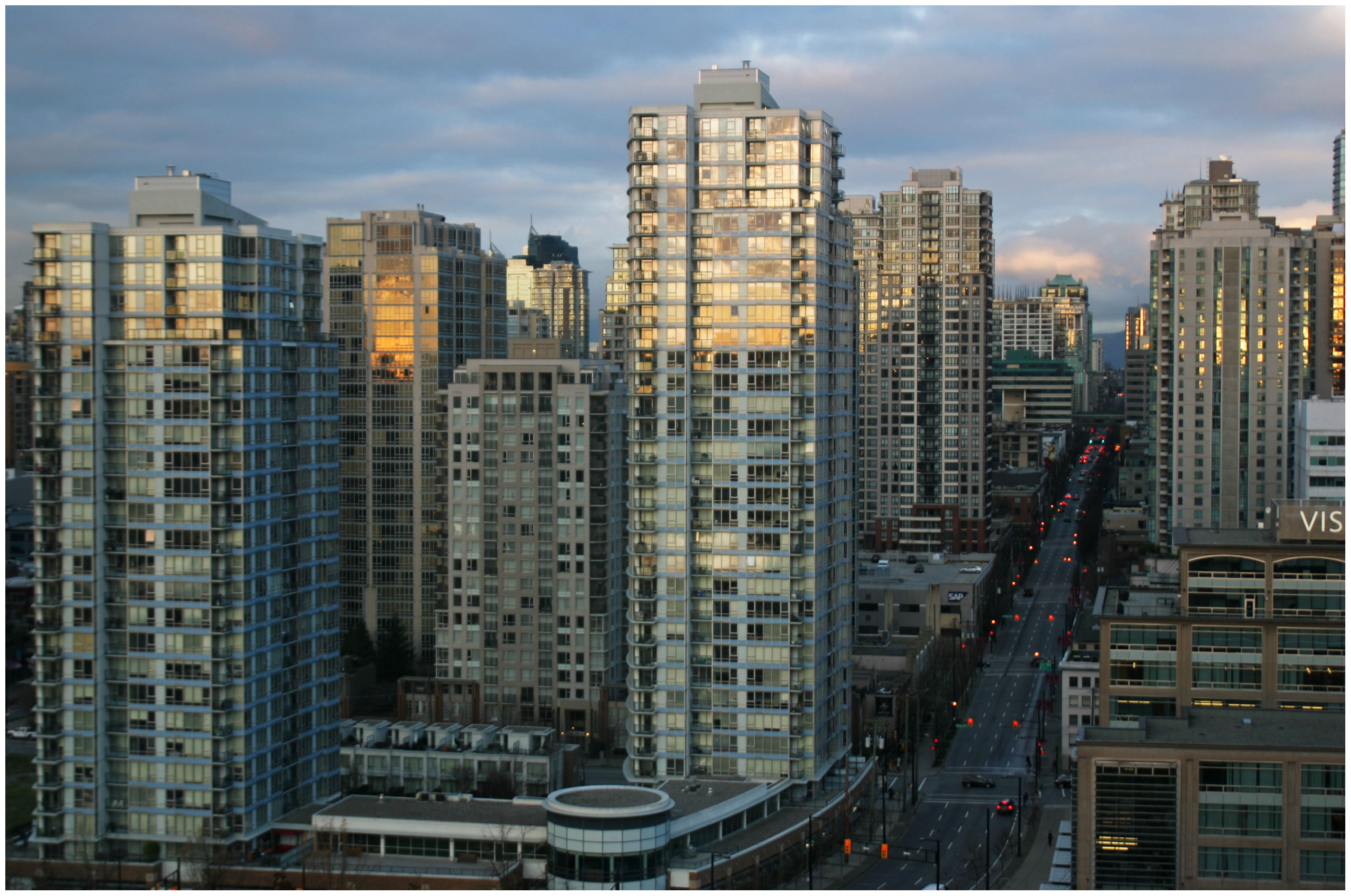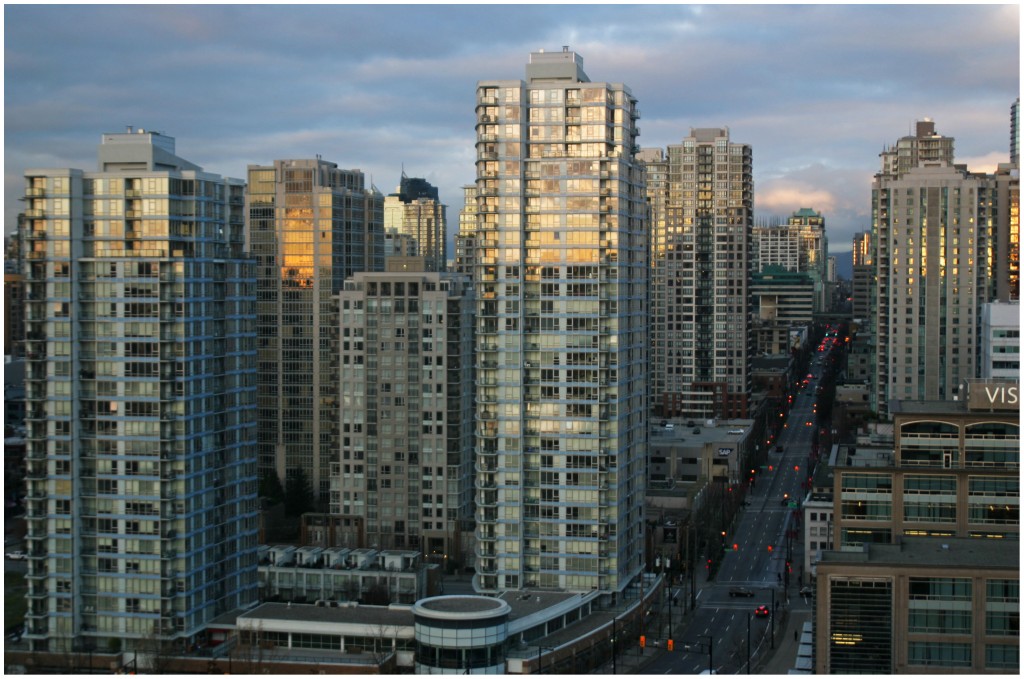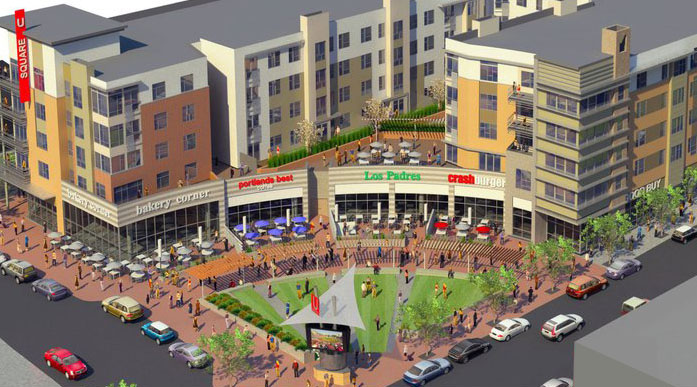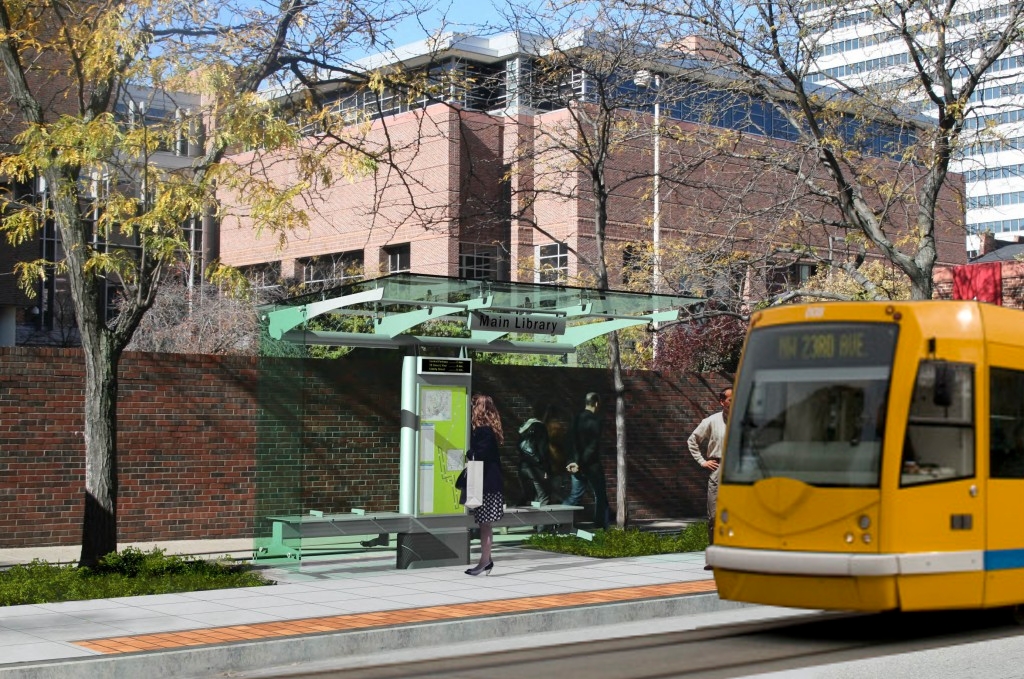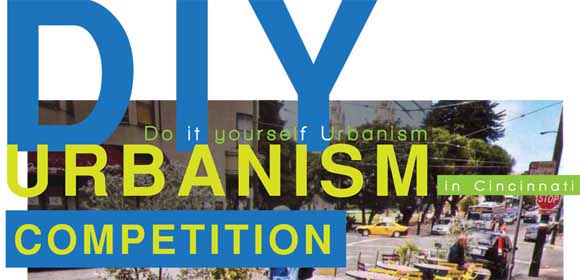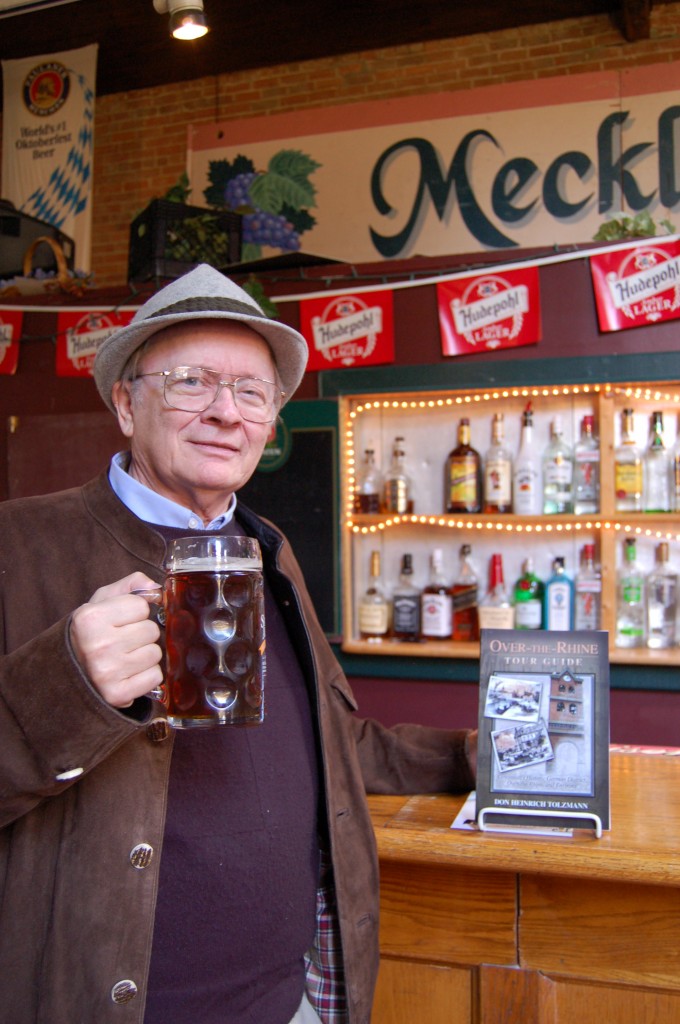
Few native-born Cincinnatians know as much about the history of this city as Don Heinrich Tolzmann, originally of Minnesota. The former University of Cincinnati professor, and president of the German-American Citizens League of Greater Cincinnati, has written numerous tomes on Cincinnati history. His most recent book is for tourists and locals alike: Over-the-Rhine Tour Guide.
In contrast with most of his other work, this book is focused on the OTR of today, not decades past. Tolzmann says the reason for the change of style is due to the many requests he received to give tours of the historic neighborhood.
“Understanding Over-the-Rhine is the key to understanding the city,” Tolzmann told UrbanCincy.
In Over-the-Rhine Tour Guide, Tolzmann carefully describes nearly every block of the neighborhood, from its southern border of Central Parkway up to the Brewery District, and everything in between. Using buildings and streets as a framework, the guide carefully describes the architecture of the neighborhood.
Historical details are provided for each place, and changes that have occurred over the years are noted as well. Several historic poems, in German and English, connect the text to the old country.
The book delineates outlying areas where German immigrants lived, including Clifton and the West End. The book also serves as a literal guidebook, with directions for walking or driving throughout the neighborhood, and traveling between each of the landmarks described.
While considerable demolition has damaged parts of Over-the-Rhine’s historic urban fabric over the past several decades, the area remains dense and beautiful.
“Over-the-Rhine still contains one of the most comprehensive collections of buildings built by Germans for Germans, especially in the popular Queen Anne and Italianate styles,” said local historian Betty Ann Smiddy. “To walk the streets now you can feel yourself drifting back in time and can envision all that the neighborhood once was.”
Over-the-Rhine Tour Guide, can be purchased at local bookstores and through online through Little Miami Publishing. With its photographs and clear descriptions, the book serves as a useful companion for a neighborhood stroll. But for those visitors wanting a quick survey of the neighborhood, here are Tolzmann’s top three attractions:
Findlay Market: “Get a feeling for the neighborhood. The sausage, cheese, bread, fruit and vegetables are sold in an open-air market like you’d find in Germany.”
Germania Building (12th and Walnut): “Symbolizes German heritage in Over-the-Rhine, devotion to culture and history of Germany.”
Washington Park Area: “Surrounded by institutions like Music and Memorial Halls and six German churches, this area shows the musical impact, military service in wars, and religious influence in Over-the-Rhine.”
